The CHILD Dimensions
1- Transitions
Transitions can be thought of as a change in activity. Though transitions happen frequently throughout the day, they can be challenging for young children (2). In this dimension, we look at how adults help young children navigate these changes across three steps or stages:
Departure – end one activity and prepare to move on to the next
Mobilization – move to the next activity
Arrival – land at the next activity
There are four key elements of an easy transition across these three stages:
Smooth/calm – neither abrupt, rushed, nor unnecessarily protracted
Efficient – happens quickly and is not an activity in itself
Flexible/Individualized – mindful of and responsive to children’s individual and emerging needs
Productive – learning experiences are incorporated within the transition
2- Directions & Rules
This dimension is all about behavior scaffolding—teaching children how to act or behave, modeling this for children, and/or providing behavioral feedback. Importantly, behavioral feedback includes:
Redirection – refocusing a child’s attention away from challenging behavior and onto an alternative activity or behavior.
Positive reinforcement – letting children know when they have done or are doing something well. This type of feedback can be given all the time, even for little things—it always feels good to be reminded of our strengths and successes!
3- Social & Emotional Learning
The Collaborative for Academic, Social and Emotional Learning (CASEL) breaks down social and emotional learning into 5 core competencies. These can be further categorized into three groups:
Intrapersonal – awareness and management of one’s own feelings and behaviors.
Interpersonal – awareness of others’ feelings, and the skills to create and sustain relationships (which as we know often requires us to respond to others’ feelings).
Integration – responsible decision-making is made possible through the integration of intrapersonal and interpersonal skills.
All of these skills are learned, practiced, and honed every day with support from caring and consistent adults! The Social & Emotional Learning dimension focuses on the ways in which adults provide this support.
4- Adult Awareness
This dimension captures the ways in which adults monitor children, helping us think both about how clearly we can see children and how clearly they can see us!
This dimension also addresses attunement. Attunement means the ability to observe another person’s actions, interpret the meaning behind those actions, and respond compassionately. For example, imagine that your baby is eating a snack of apple sauce and cereal in her highchair. You are pouring a cup of milk when you hear her cry out. You turn and see that there is still food on her tray, but because you are attuned to her likes and dislikes, you notice right away that her favorite food (the apple sauce) is all gone and only cereal remains. You speak to your child in a gentle, soothing tone as you bring more apple sauce.
5- Adult Affect
When we are not taken care of, it becomes harder to take care of others. But often adults’ needs are the first to go by the wayside when life becomes busy and stressful. In this dimension, we think about adults’ energy, happiness, and overall wellbeing.
6- Adult Cooperation
This dimension examines the ways in which adults demonstrate teamwork and respect for one another as you work together to care for children. Feelings of respect and collaboration can contribute positively to adult wellbeing. Adult collaboration also presents a wonderful opportunity to model respectful and cooperative behavior for children.
7- Adult-Child Interactions
This dimension examines the ways in which adults interact with children. Do these interactions convey dignity, respect, and a genuine desire to get to know children? If there are multiple children in the home or classroom, are all children treated equitably?
8- Individualized & Developmentally Appropriate Practices
This dimension examines the ways in which adults foster children’s holistic development and learning through a child-centered and individualized approach. This includes classroom lessons, free-play, family game night, shared story reading, and many other regularly occurring situations. Because children’s brains are growing rapidly, there are opportunities to teach, learn, and explore together hidden behind every corner!
9- Child Behaviors
Challenging behavior is a regular part of growing up, so in this dimension we focus on children’s behavior—their facial expression and body language, how they behave, and how they interact with adults and with each other. Examining children’s behaviors can help you become more attuned and proactive, as you may notice trends or patterns in when things go well and when things feel more difficult.
References
1. Collaborative for Academic, Social, and Emotional Learning. (no date). What is SEL?
2. Hemmeter, M.L., Ostrosky, M.M., Artman, K.M., Kinder, K.A. (2008). Moving right along... Planning transitions to prevent challenging behavior. Young Children, 63(3), 18-25.

